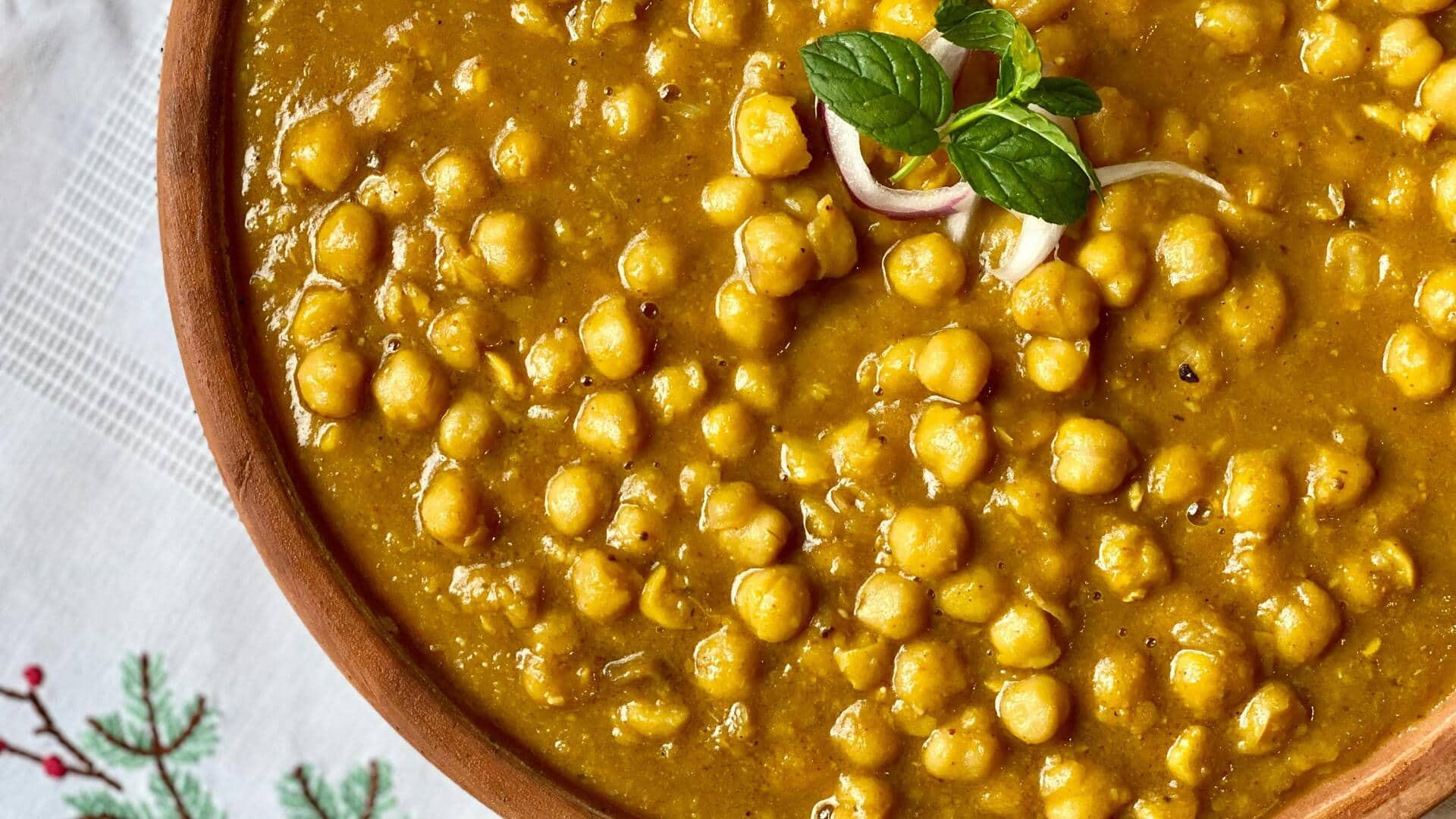
Chole: The Punjabi curry conquering global plates
What's the story
Chole, the beloved North Indian dish, has come a long way from its humble beginnings in Punjab. Famous for its spicy and hearty nature, this chickpea curry has become a global favorite. From being a staple in Punjabi households to gracing the menus of restaurants around the world, chole's journey is nothing short of remarkable. Here's how chole evolved from a regional delicacy to an international sensation.
#1
Origins and traditional preparation
Chole originated in Punjab, where it was traditionally prepared with spices like cumin, coriander, and garam masala. The dish was commonly paired with bhature or rice and served during festivals and special occasions. The traditional recipe focused on slow cooking to allow the flavors to meld together, resulting in a rich and aromatic curry.
#2
Adaptations across regions
As chole spread across India, it adapted to regional tastes and ingredients. In Delhi, for example, it became spicier with the addition of more chilies and tangy flavors from tamarind or lemon juice. In Mumbai, street vendors popularized it by serving it with puri or pav bread. These regional variations contributed to the dish's popularity by catering to diverse palates.
#3
Global popularity surge
In recent years, chole has gained immense popularity outside India as well. Thanks to the growing interest in Indian cuisine worldwide and the rise of vegetarianism/veganism globally, the demand for plant-based dishes like chole has skyrocketed. It is now available at international restaurants and food festivals celebrating global culinary diversity.
#4
Modern twists on classic recipes
Today's chefs are experimenting with modern twists on classic chole recipes by adding ingredients like quinoa or tofu for added nutrition without compromising on flavor authenticity. Some even serve it as part of fusion dishes like tacos or burritos filled with chickpeas instead of beans for an innovative culinary experience that appeals to younger generations seeking new flavors while honoring traditional ones.